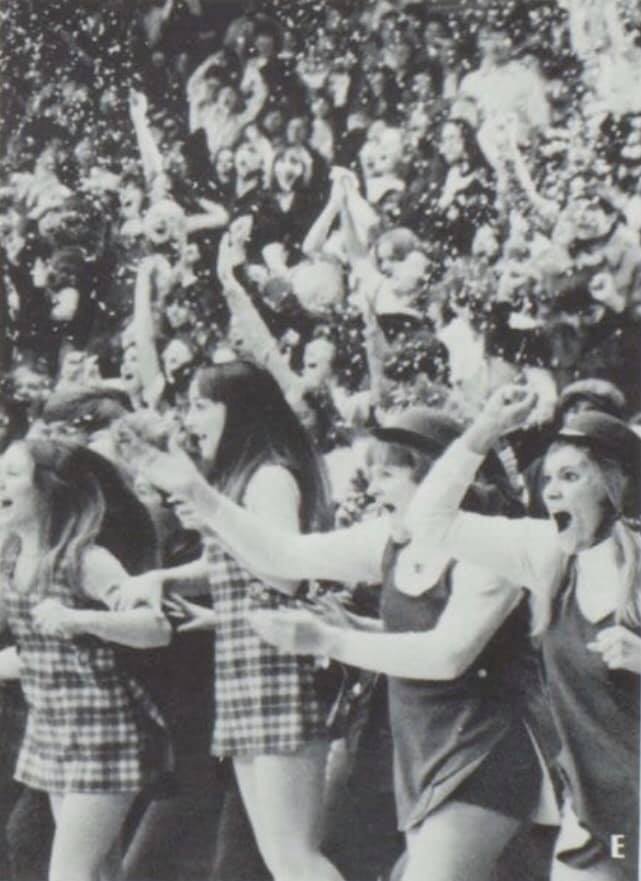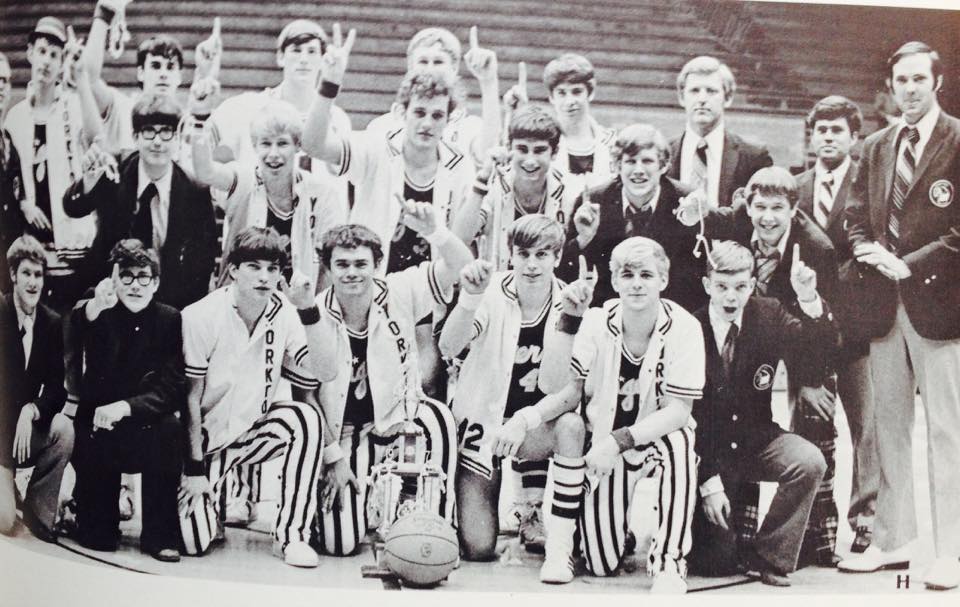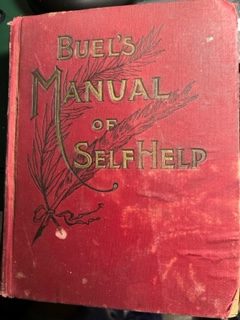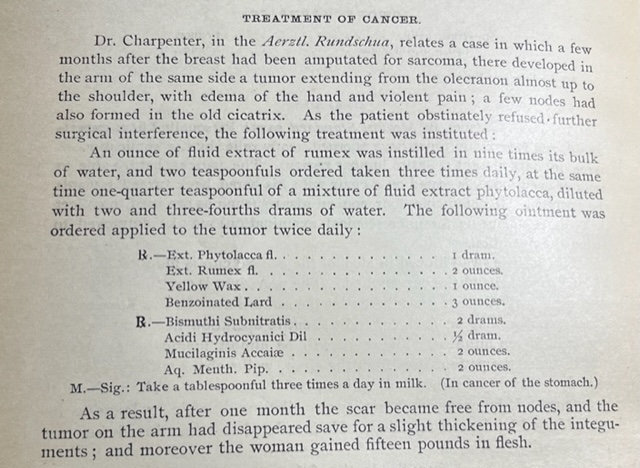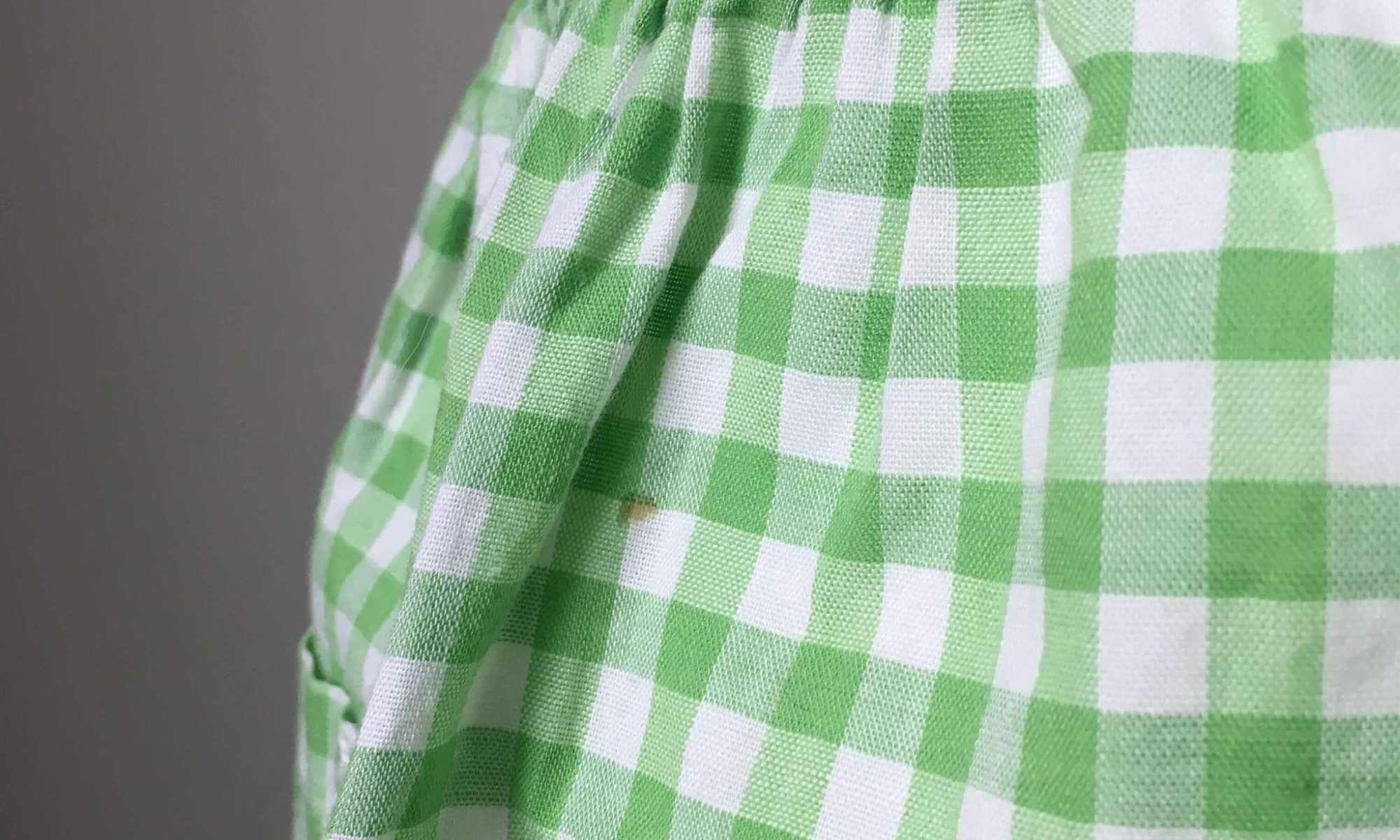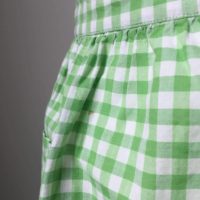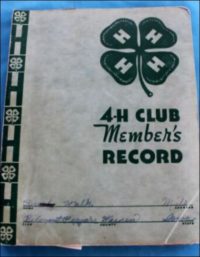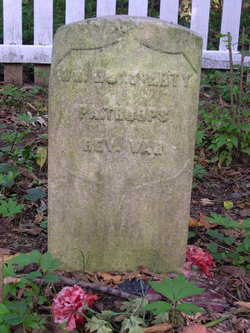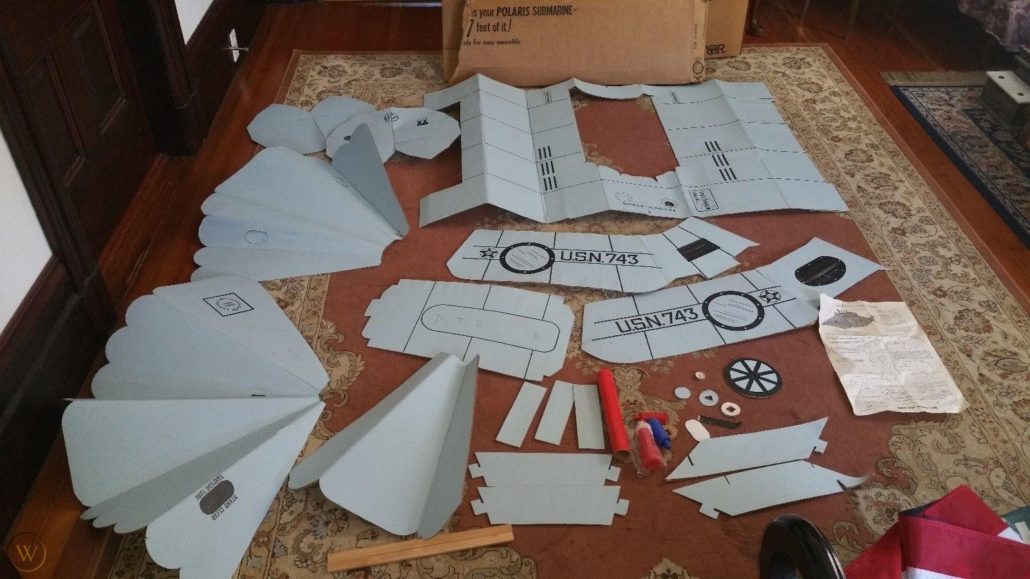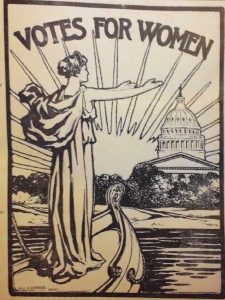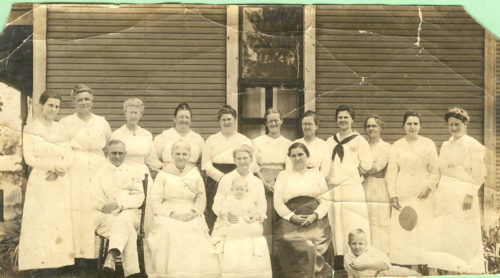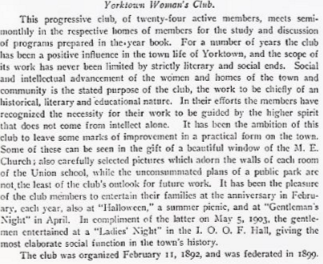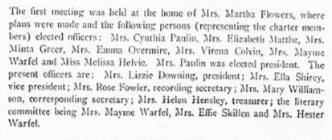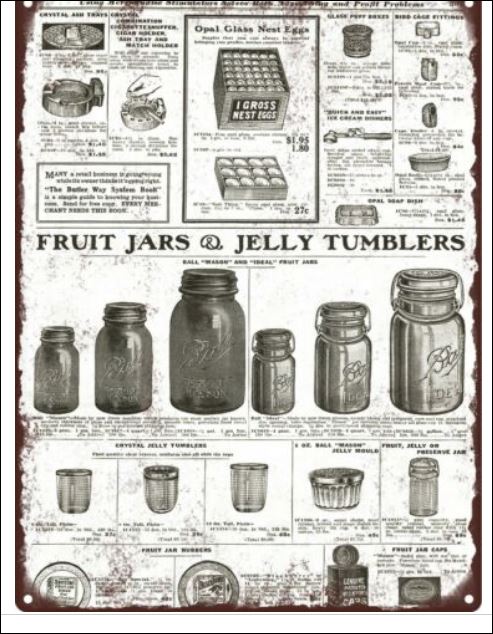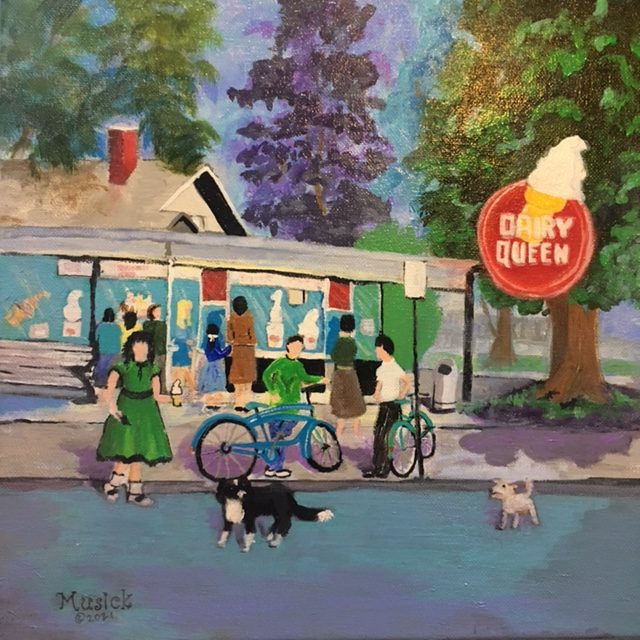By Julie A. Musick
When we were children, summer vacation lasted forever. We awaited the last day of school with an internal countdown that went from months and weeks to days and hours. The teachers must have felt the same way as we were a rough bunch back then. And finally, we were released for the summer with a joyous chorus of “Schools out! Schools out! The teacher let the monkeys out!”
I got home on the last day of school, took off my little dress, required for wear at school, and put on my “sunsuits” that tied at the shoulders. For me, this was my uniform for the summer.
I was a child growing up in the ’60s in our quiet, small town. Yorktown seemed safe. Because of that, we were free to wander around town, explore, meet, and play with our neighbors and friends—I refer to us during that time as “feral children.”
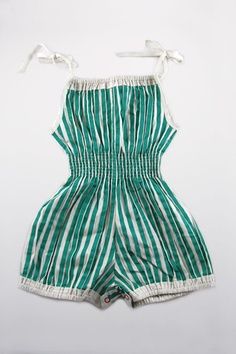
Compared to today, children have little time to be alone or play without the supervision of adults. Back then, children negotiated their own rules, adults were rarely involved, although conflict resolution sometimes required wrestling in the dirt.
Today’s children will not know the freedom we had. They will rarely walk alone anywhere, except in a virtual world. They will not wander from school down a path in the woods as an Indian princess, admiring wild (Virginia) bluebells and phlox. Sometimes finding funny-shaped jack-in-the-pulpit and Dutchman’s Breeches—we called them “Dutchman’s Pants.”
On some hot summer afternoons our gang would be under the bridges downtown, catching crawdads or riding our bikes to faraway places. Or we might wander downtown to meet with shopkeepers and townsfolk. At Ralph’s Market, we could get a free hot dog. At Rinker’s Jewelry, we could spend our 35-cent allowance on a new treasure. At Uncle Ron Myers’ barbershop, we could always get a Dum-Dum sucker—cherry and lemon flavors were my favorites. Sometimes we would eat a Dairy Queen cone under the shade of a tree—there was no dining room. We explored the ruins of Werts limestone tourist cabins, finding old bottles and cans among the broken glass. Summer days were days of kick-the-can, fort-building in the woods, hanging out at the JAA baseball games, daring others to get a “suicide” at the concession stand, 4-H, Boys Club (for some but not for girls)…Hmph!
I think we grew up in the best of times. Innocence. Freedom. Curiosity fulfilled. We built confidence in ourselves every day of summer. We learned to get along with others and work things out ourselves when we didn’t agree. We’d knock on doors until someone could play with us. That is something I should try in my own neighborhood today. Maybe I could make some new friends to play Euchre!
